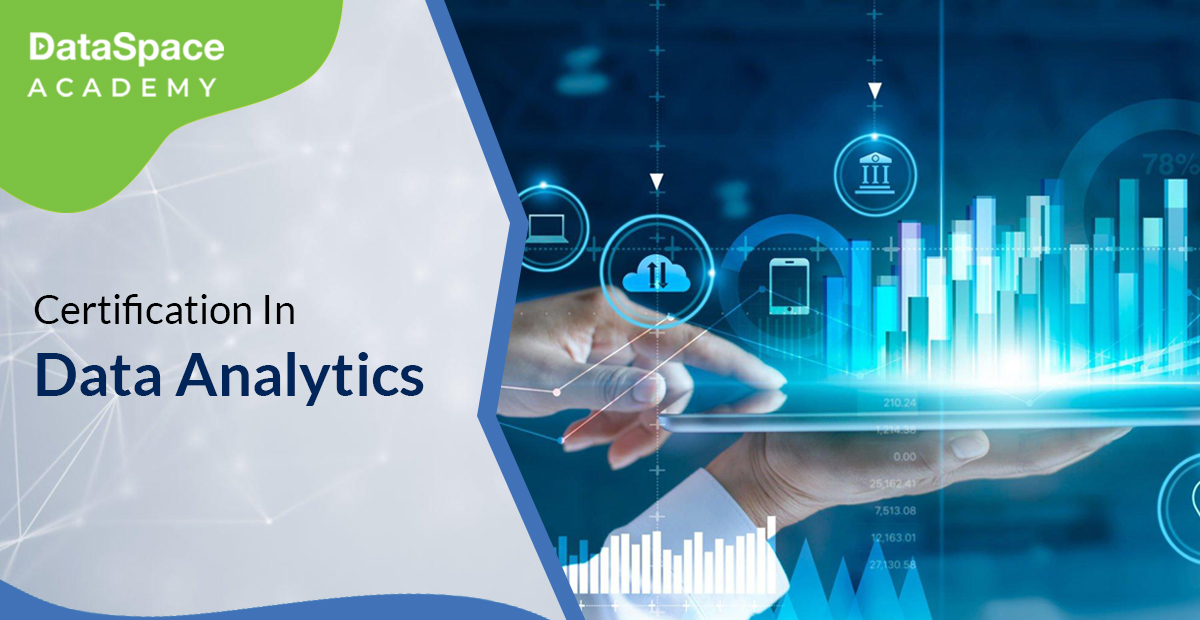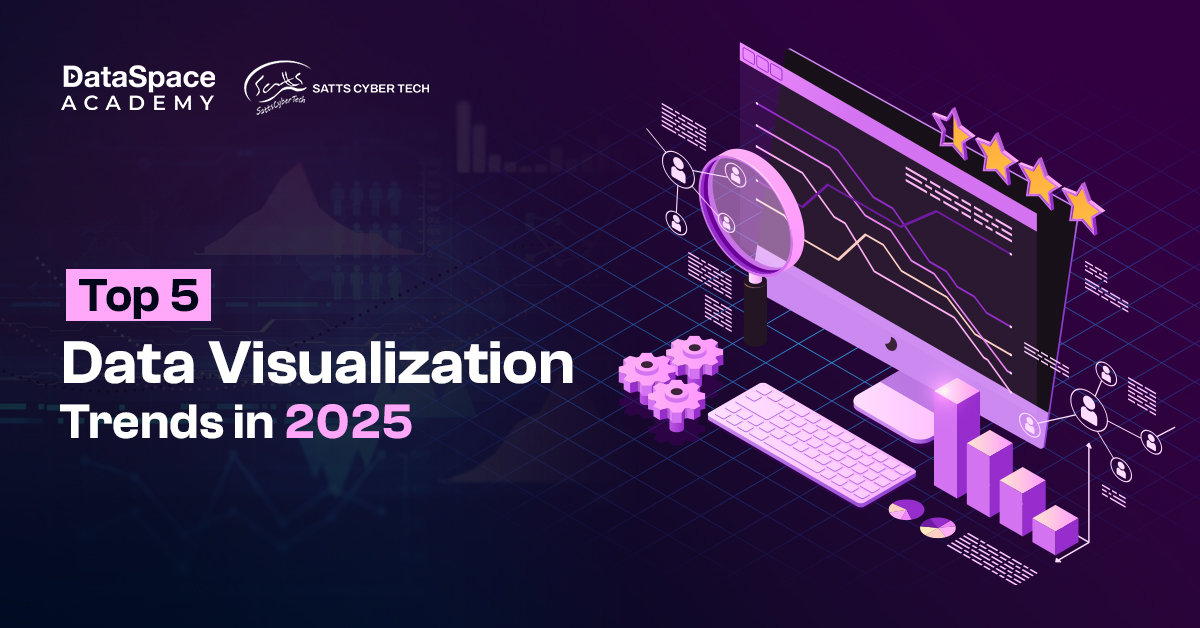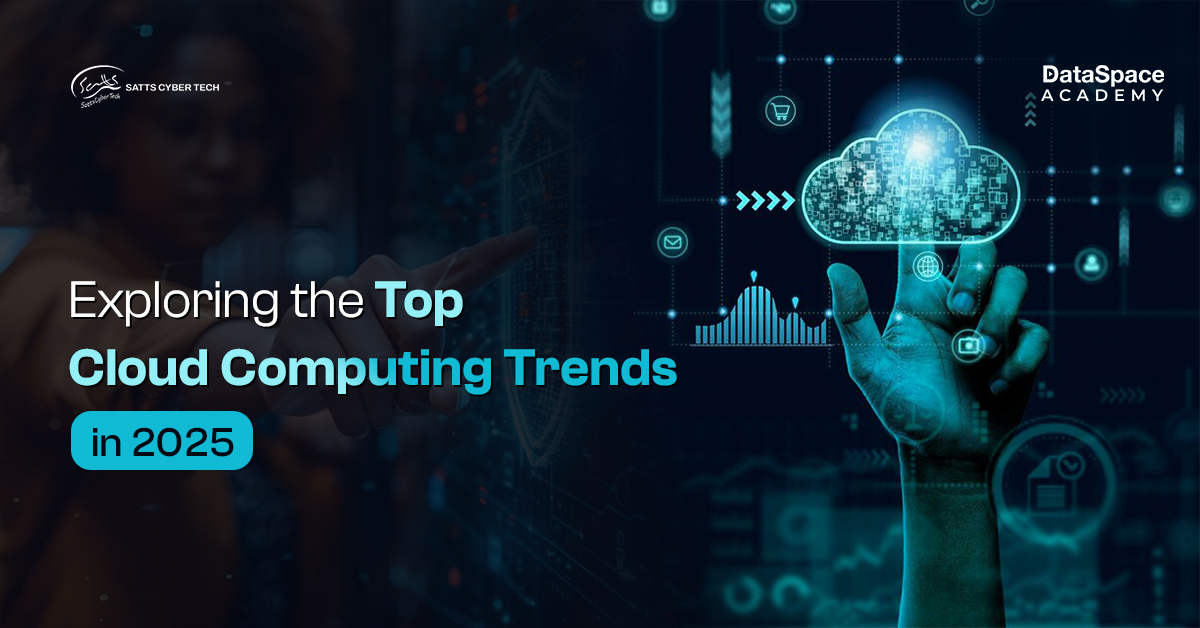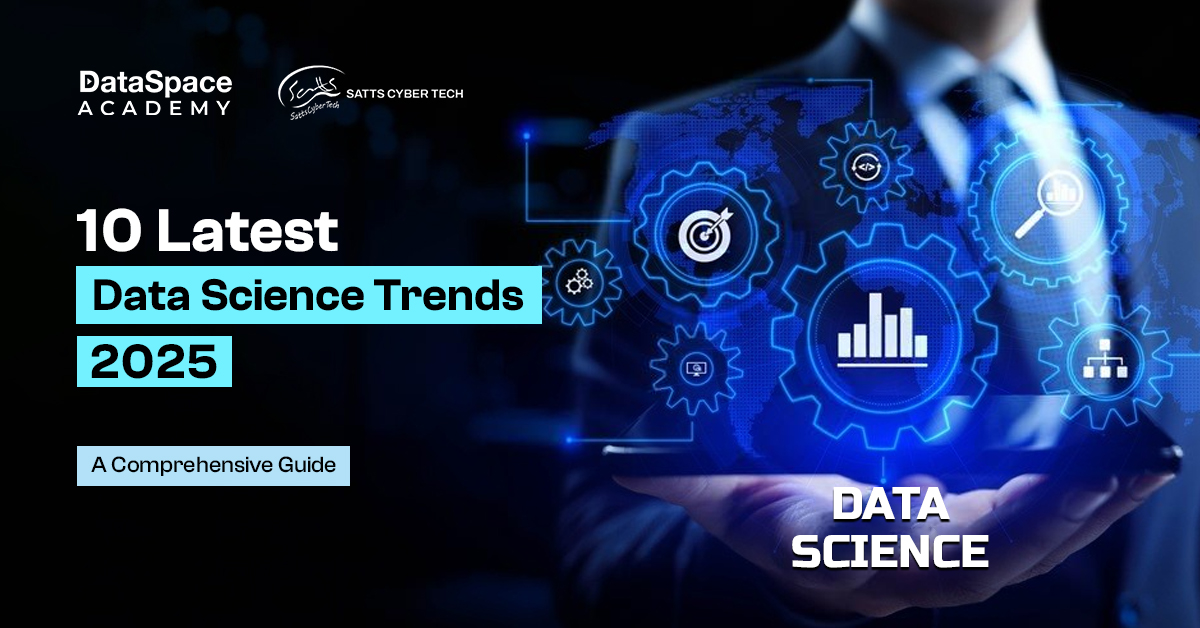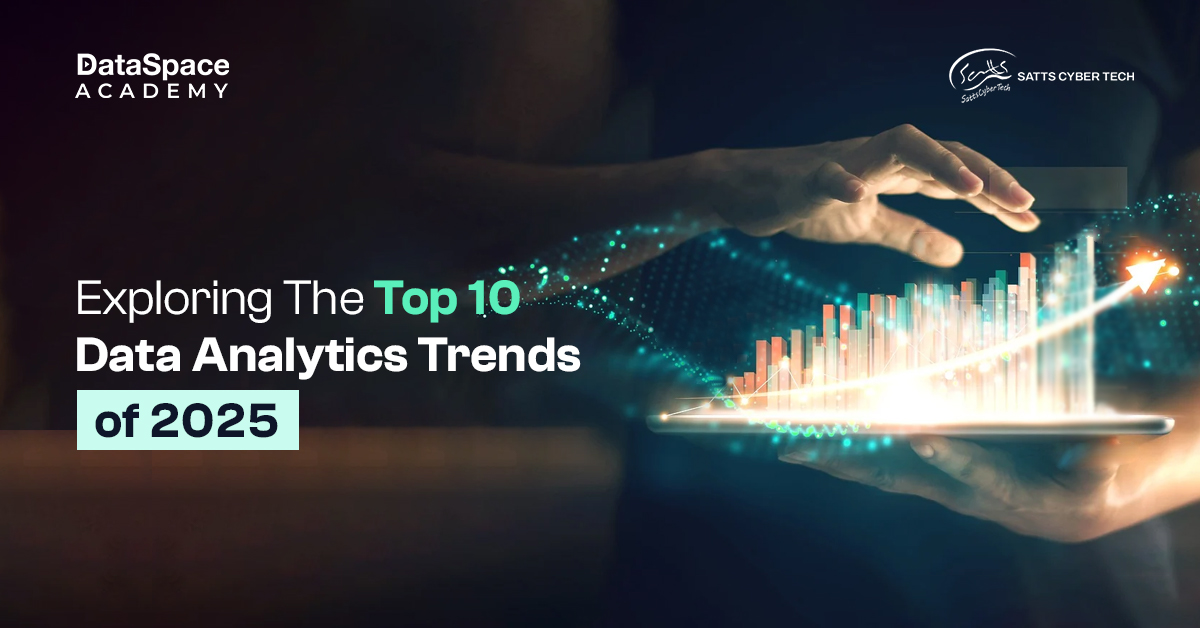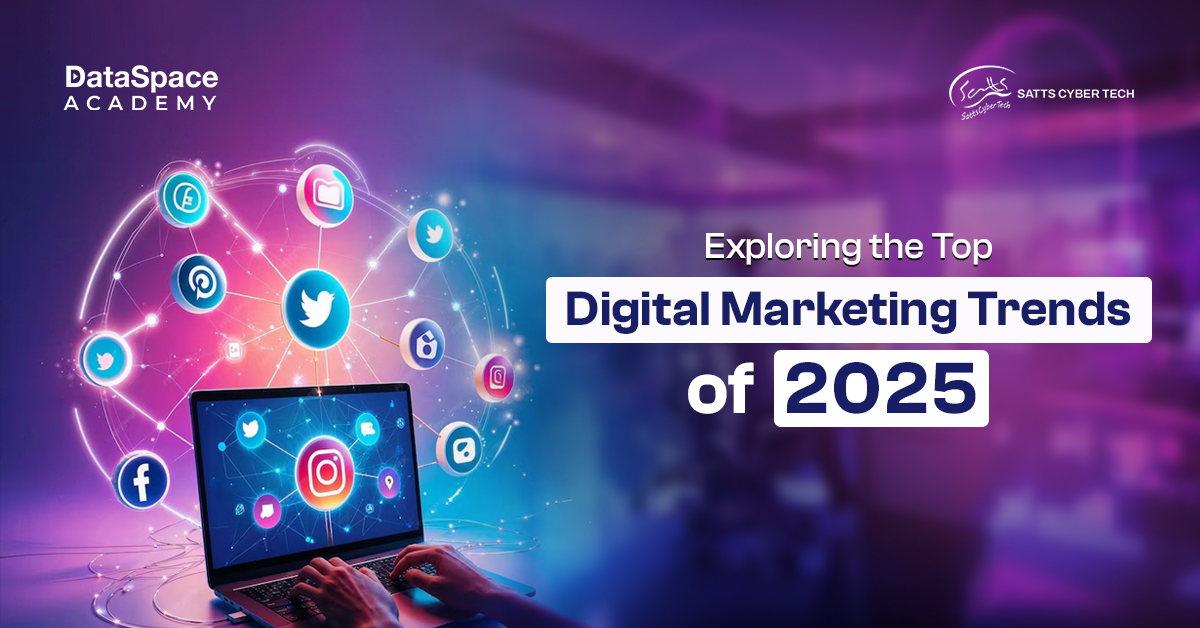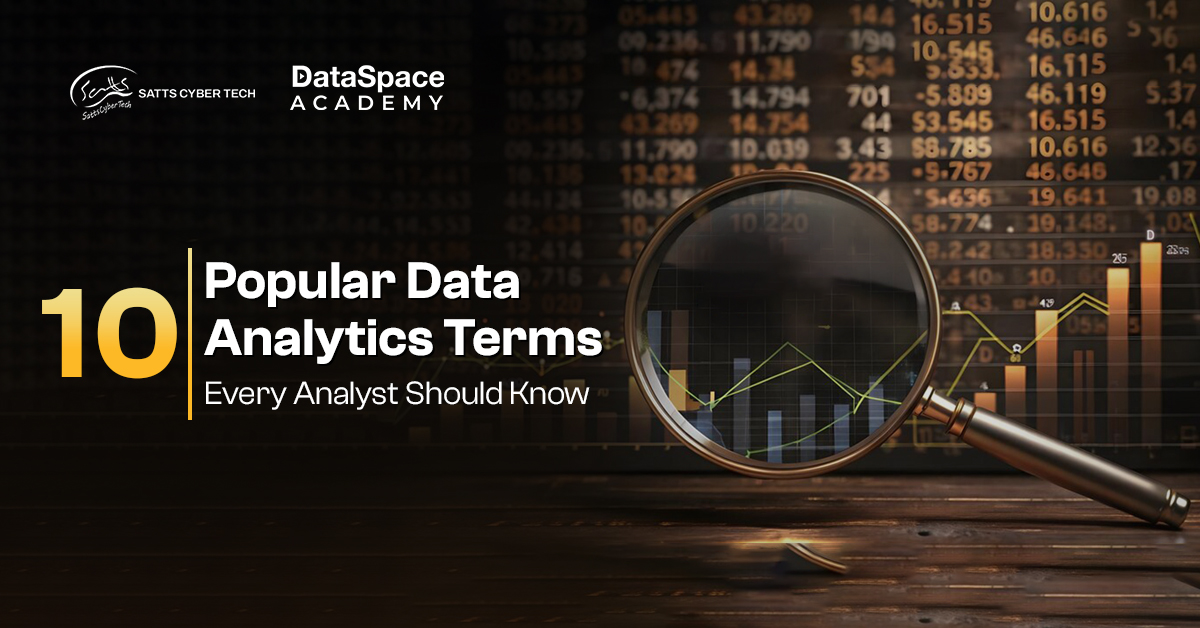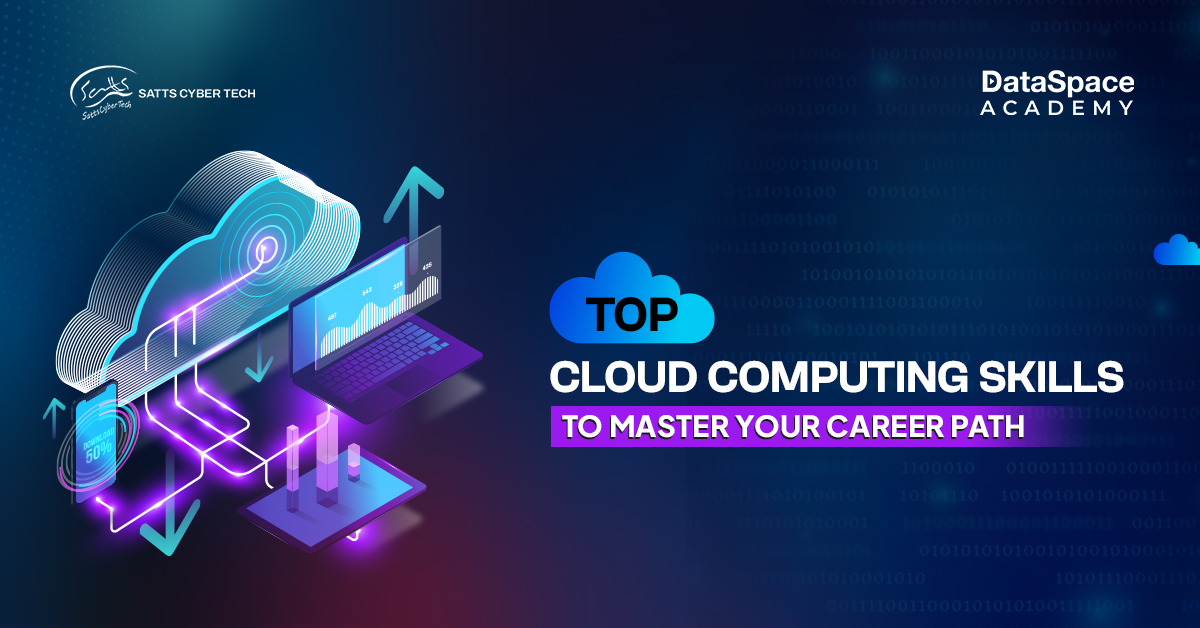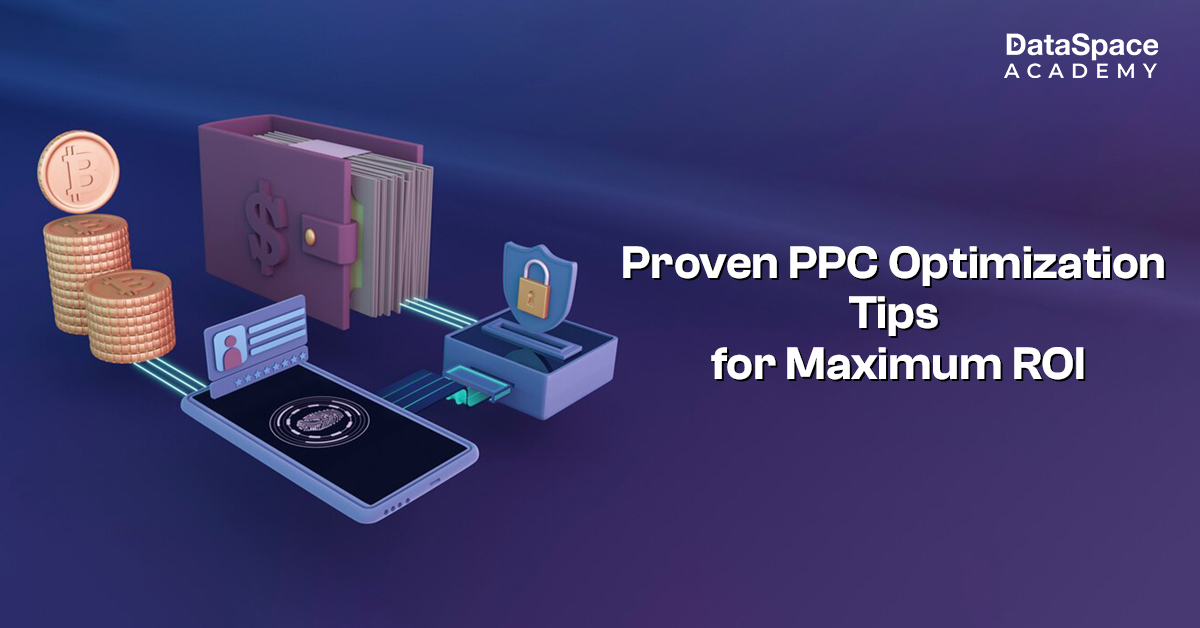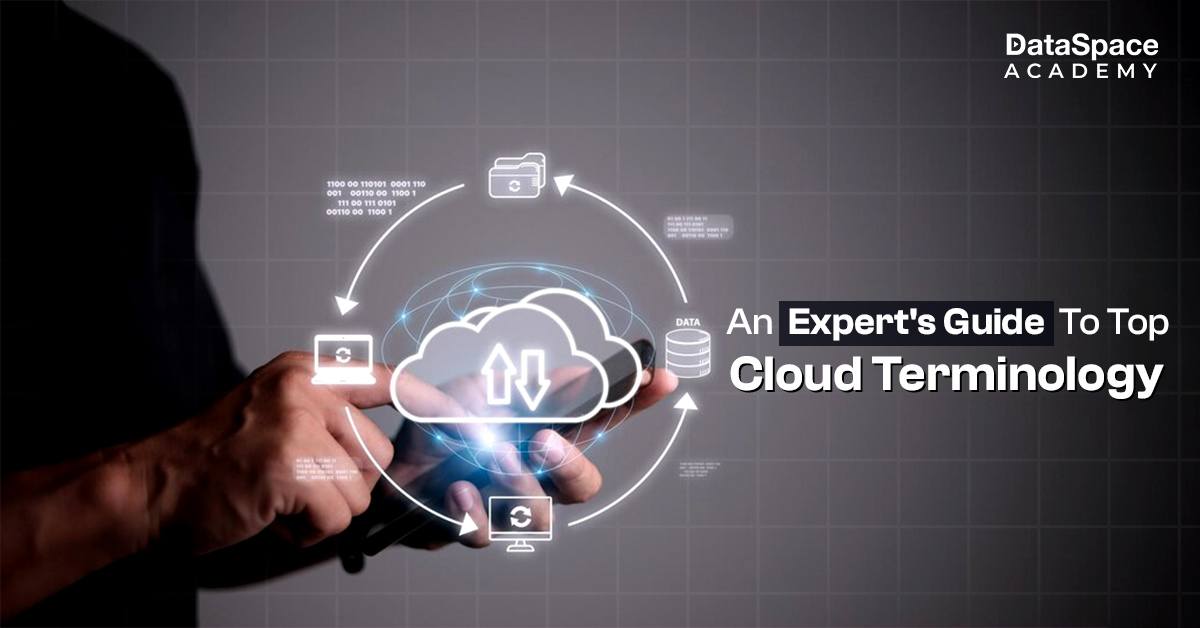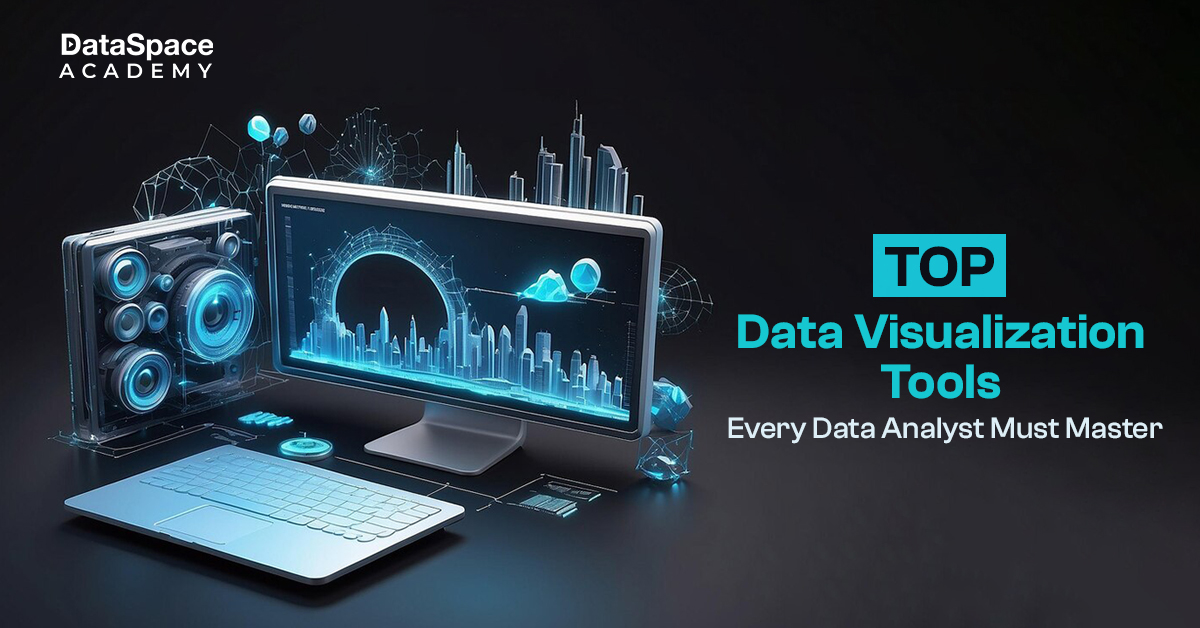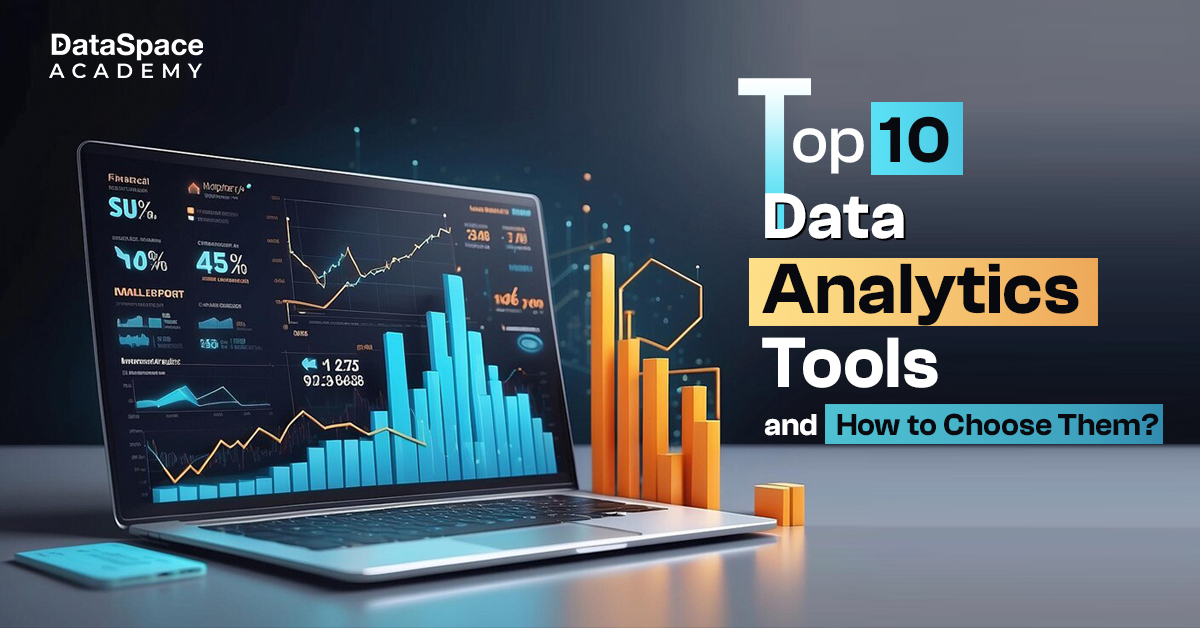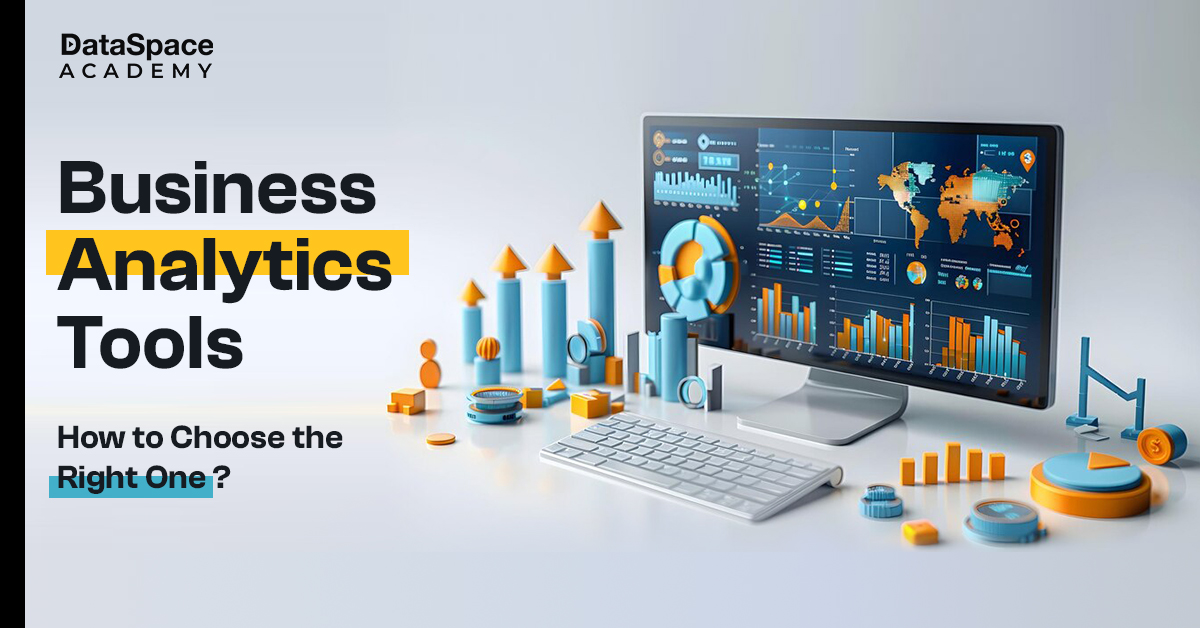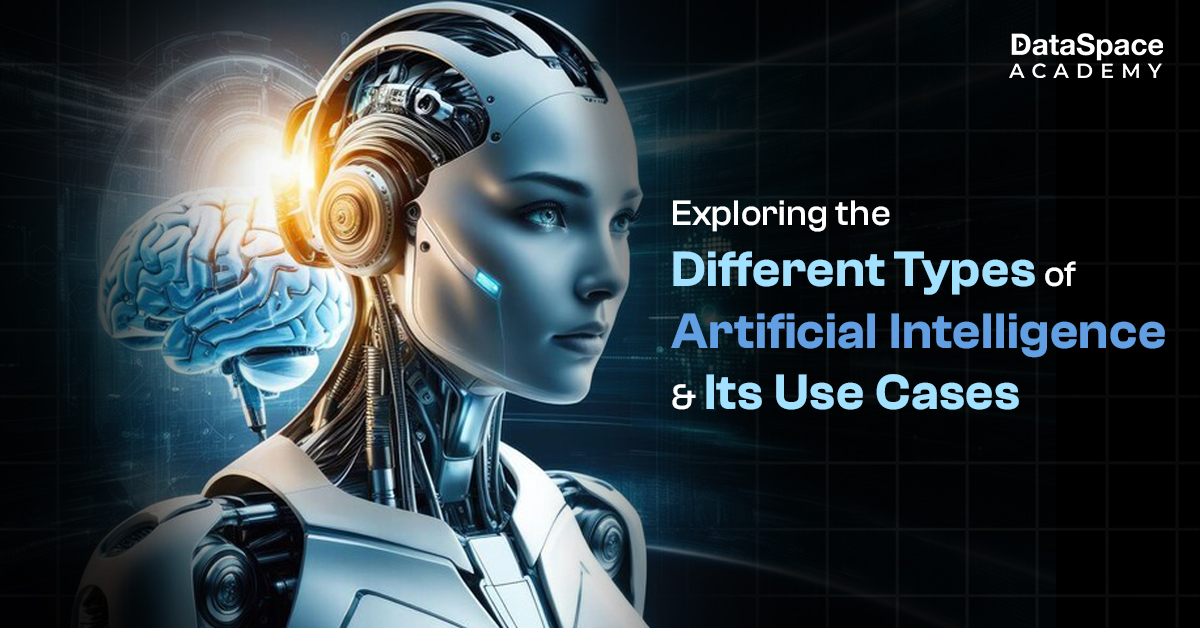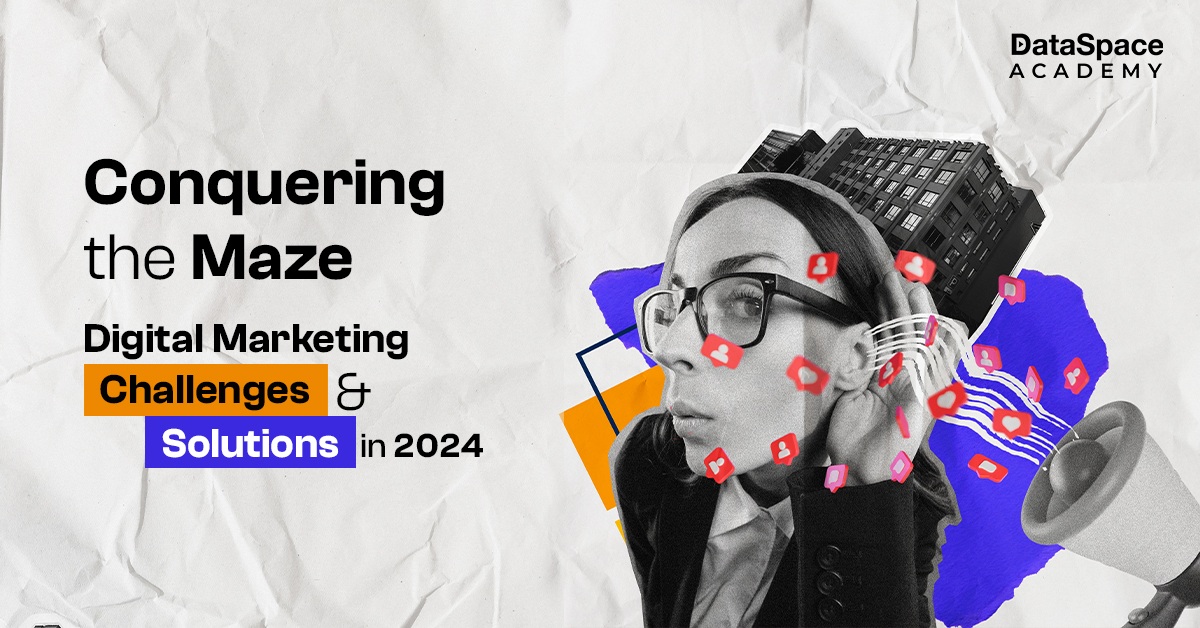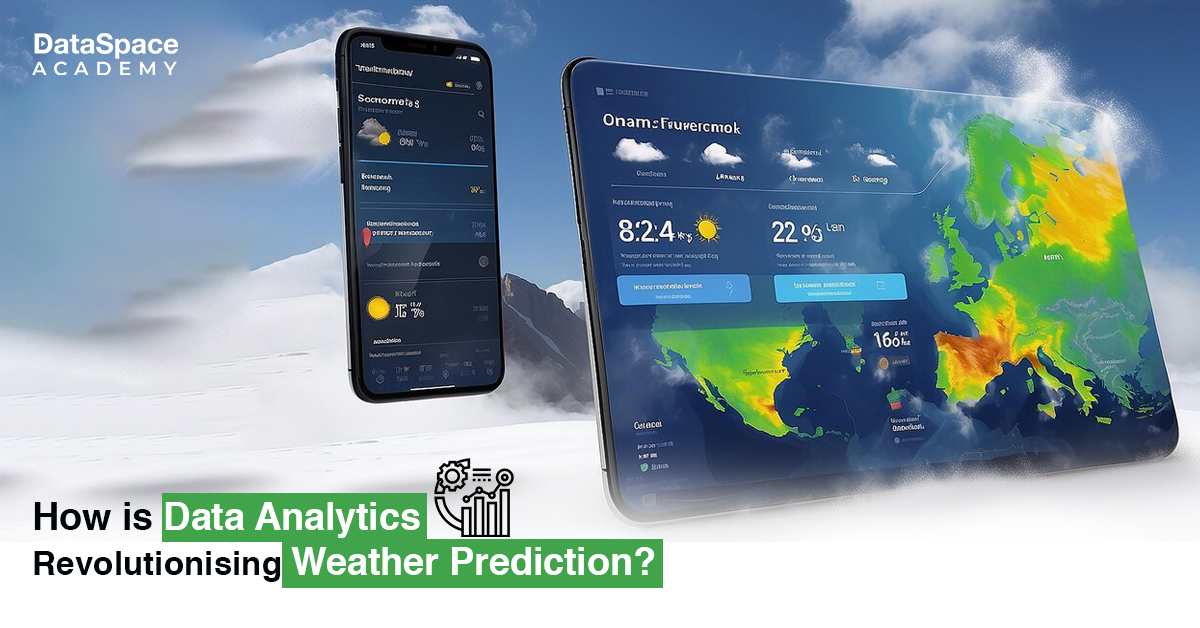Top 7 Data Analytics Trends of 2024
Last Updated : 22 Dec, 2023
 1.3L
1.3L
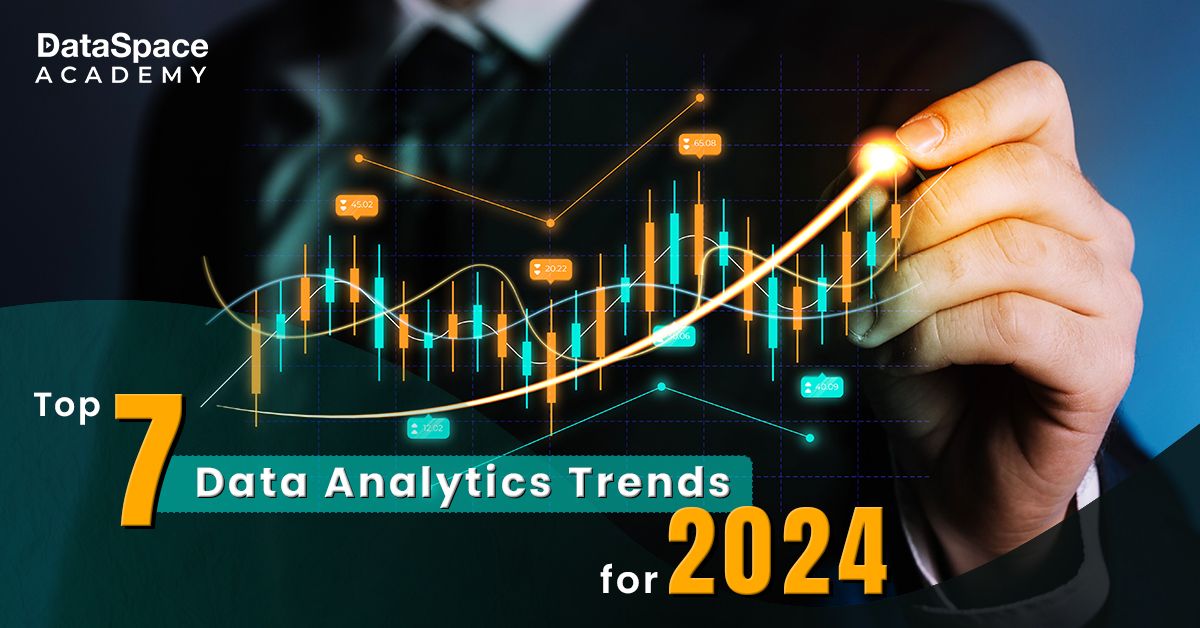
Introduction
Data Analytics sits at the crux of decision-making in the 21st Century as businesses are fast adopting a data-driven culture. Interestingly, the data sector is ever evolving and welcomes new trends every year. With 2024, knocking at the door, the blog dives in to explore the top data analytics trends that will reign in the coming year.
The growing importance of Data Analytics
Data Analytics is an important factor in the journey of a business.
Businesses have to deal with a sea of cluttered data that is extremely valuable but also needs thorough cleansing and organising. Data analytics protocols help shoulder the cleansing, sorting, analysing, and processing task for unprocessed data. Put simply, data analytics helps businesses come up with more informed and strategic data-driven decisions. The data analytics sector is predicted to cross over $380 billion by 2030 from $30 billion back in 2022.
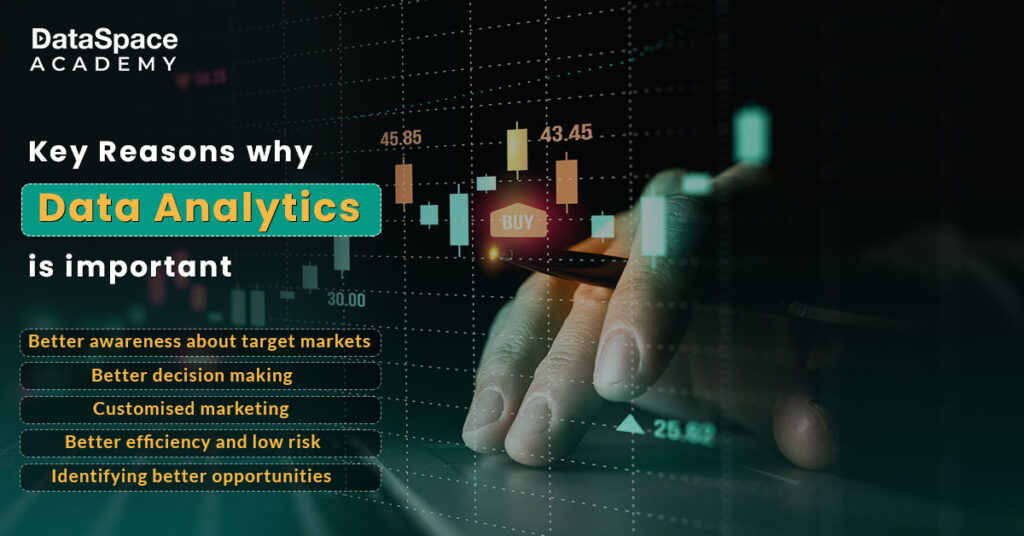
The rising dependence on data analytics has propelled a growing demand for skilled data analysts. There are a wide range data analytics professional certificate courses today for aspiring data professionals. You can choose one as per your convenient time and career needs. Just make sure, your chosen course offers you the opportunity to take part in internships.
Data Analytics Trends of 2024
Some of the future predictions regarding future trends in data analytics, an important aspect of business management today, are as follows.
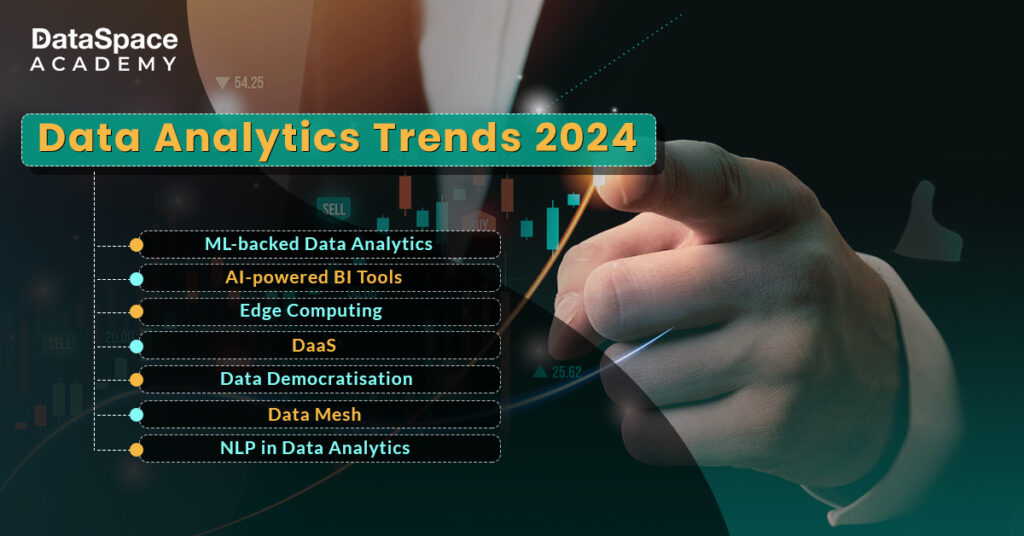
AI & ML in Data Analytics
Artificial Intelligence, particularly Machine Learning, is all set to redefine the process of data analytics. The trend is already in motion and we will witness more of it in the coming months.
The traditional manual method of data analysis is cumbersome, time-consuming, and prone to error. But, ML-based data analysis is automated and doesn’t need human intervention. As a result, the AI-based process makes the whole procedure way faster, simpler, and more accurate. Given the cutting-edge results, AI and ML-aided Data Analytics is called Augmented Analytics.
AI-powered Business Intelligence Tools
BI tools have long been a trusted aide of data analysts. However, the coming year is likely to witness more enhanced BI tools, courtesy AI. The integration of Artificial Intelligence has empowered these tools with revolutionary automated capacity, thereby reducing manual involvement. Thanks to AI, BI tools do not need human involvement for multiple major analytics tasks like data cleansing, preparing, and analysing. The result is faster and more accurate data processing. This way, business analysts also receive more room to invest in other important tasks, like developing new business strategies.
Another great benefit is that AI-powered Business Intelligence tools can detect all those subtle data patterns that humans cannot. This opens up a vast scope for businesses to discover new opportunities and make more informed decisions.
More focus on edge computing
Following the boom in data-based technology, most organisations are shifting their data to the edge. That means processing data at the source device. The immediate benefit is faster travel of data from one device to some nearby edge.
It is predicted that more than 50% of critical data will be processed out of the organisation’s datacentre and clouds by 2025. The major reason is the ever-enormously growing amount of global data that would be produced annually. Bandwidth restrictions, ignorance in data relay, and network disturbances are some factors that have pushed data to the edge beyond the clouds. This results in presenting analytics in actual time, befitting industries like healthcare and manufacturing.
More dependence on DaaS
A comparatively new phenomenon, Data-as-a-Service is soon to be one of the prominent data analytics industry trends in 2024. “Daas”, as it is called, executes data management tasks (storage, analysis, processing) on the cloud. As a result, DaaS can extend on-demand data, irrespective of the user’s infrastructure or location. Faster and simpler access to organised data helps business to reach calculated data-driven decisions quicker than ever.
Democratisation of data
Data democratisation facilitates seamless access to data for all within an organisation, including both staff & stakeholders. This access will be available for each staff, irrespective of their technical knowledge and designation. One major benefit of democratising data is the assurance of a culture of data transparency within the organisation. This way, employees feel more connected to the workplace and can willingly participate in making data-driven decisions. The other benefits are enhanced data literacy, more collaboration from employees, and more efficient business decisions.
Experts have predicted that more organisations will be adopting data democracy in 2024.
Data Mesh
Data Mesh is a special data map that facilitates self-service data analytics. It is decentralising the ownership and management of data with domain-centric data teams and data as a product. The technology helps to disperse data duties across all departments in an organisation to process independent data-based decisions. This assures more transparency with data sharing and a higher rate of collaboration for data-driven decisions.
Inclusion of NLP
NLP (Natural Language Processing) is a key channel in human-computer interaction. For data analytics, NLP can help to find, assess, and process mammoth data generated from the natural language.
One of the best benefits of NLP in the data scene is that the technology makes several languages easily interpretable for machines. This helps the machine cater to various functions like chatbots, language translation, sentiment analysis, and more. NLP’s ability to interpret and process vast amounts of unstructured data makes it one of the latest data analytics trends.
Conclusion
IT with its many ramifications like AI and Data Analytics is here to revolutionise life and times around us. Data science is a promising career that is scaling up our nation’s future to dizzying heights. As a career choice, Data Analytics has steadily graduated from being an alternative to mainstream choice. Hospitality, entertainment, FMCG, and Media are some of the places Data Analytics has made its mark. With what the emerging trends in data analytics indicate, 2024 is going to see a major overhauling in multiple fields.
Frequently Asked Questions (FAQs)
Q1: Is data analyst a good career in 2024?
Data analyst is one of the most promising careers in 2024 with growth, high demand, financial stability, and innovative development in promising industries.
Q2: How to use AI in data analytics?
AI aided Data Analytics is called Augmented Analytics where users can use natural language to work with corporate data without requiring any hypothesis. ML algorithms present the insights that the users need.
Q3: What are the future trends in data analytics?
The Data Analytics trends of 2024 are AI in Data Analytics, Well Informed Business Intelligence, Better Edge Computing, NLP in data analytics, Data Democratisation, and more.
Q4: Is data analytics a long term career?
A data analyst’s career starts with the position of Analyst 1 moving on to Analyst II, Senior Analyst and finally Data Scientist which promises a long and steady job life.
 1.3L
1.3L

